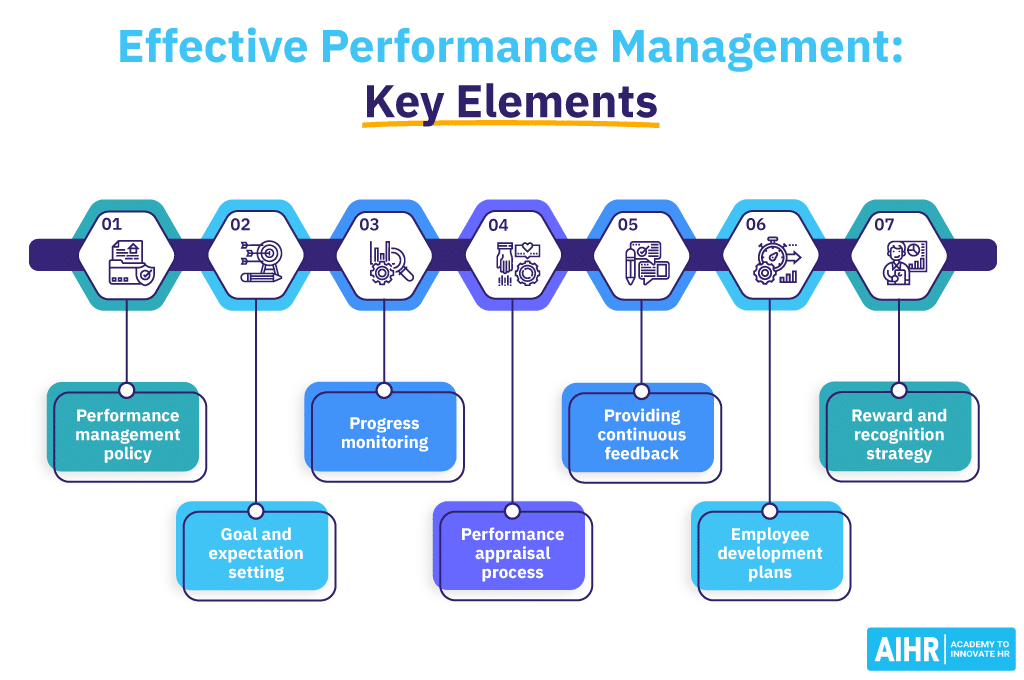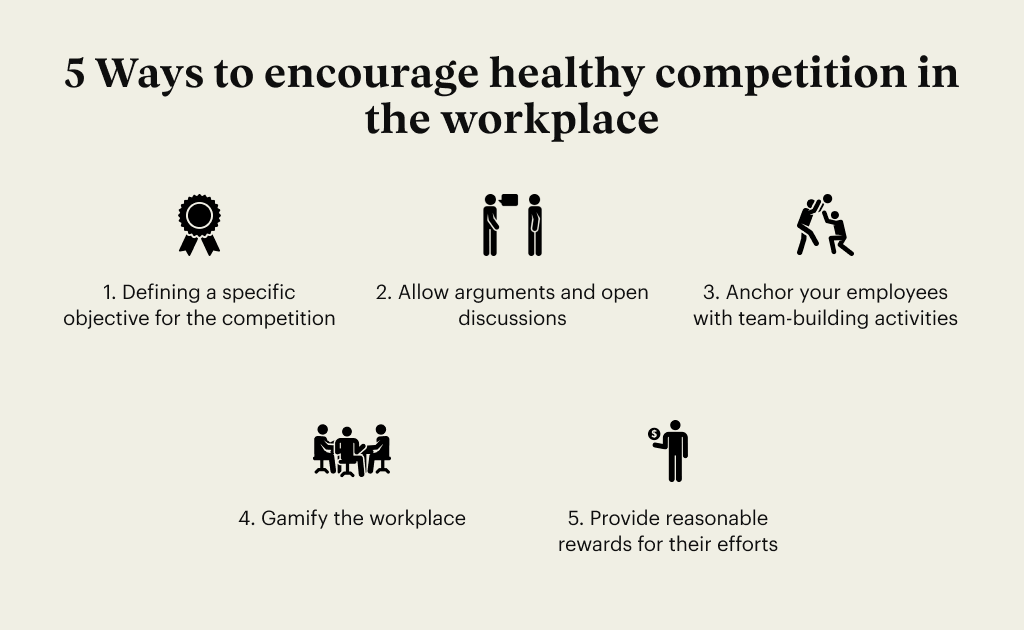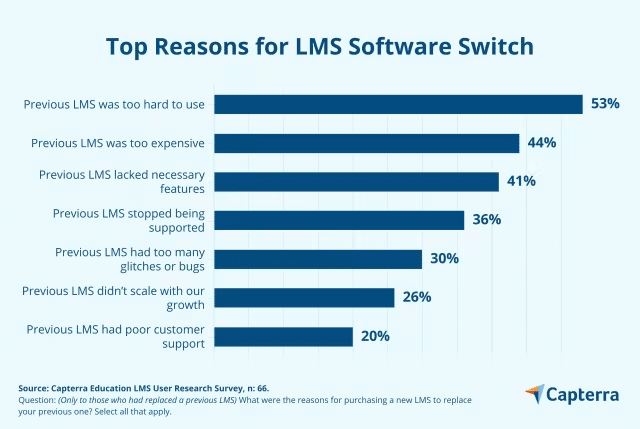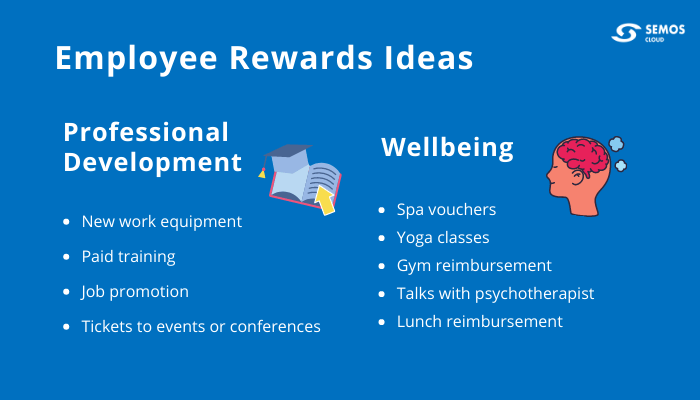How to Make Tracking KPIs Fun And Productive With Gamification
Tracking KPIs has long been established to be a highly beneficial practice.
It allows organisations to track their performance, set strategic goals and motivate their employees. Despite these, only some companies employ KPI tracking. Admittedly, collecting and looking at a bunch of numbers isn’t exactly the most exciting activity.
It is no wonder that more and more companies are now utilising gamification in tracking KPIs. Gamification is, after all, all about having fun while doing serious work.
But like any other project, gamification requires resources, so the question remains:
Is it worth gamifying your KPI tracking process, and if so, how should you approach this project? In this article, we’ll go over the answers to these questions and more.
Download your free
“Gamification Guide”
Get your PDF now and start transforming your approach to digital engagement!
Table of Contents
- Why should you incorporate gamification when tracking KPIs?
- How can gamification fit into your KPI tracking process?
- Tracking KPIs through gamification: Best practices
- The bottom line: tracking KPIs
- Machine Learning In Finance: 12 Essential Applications
- How To Create Interactive Compliance Training For Bank Employees
- How Fintech Apps Are Using Gamification To Increase User Engagement
- Top Gamification Companies for Employee & Customer Engagement
Why should you incorporate gamification when tracking KPIs?
First things first, we must look into how gamification can help with tracking KPIs.
There are several benefits, but there are four, in particular you need to know.
#1. Gamification establishes workplace fairness
Conflicts can occur within workplaces, a lot of which can come from the perception of bias or favouritism. It’s a rather prevalent scenario. Even in rather fair workplaces, employees have a relatively cynical perception that their environment is unfair. This survey shows that onlly 18% of employees believe they work in a high-fair environment.

Some employees believe that higher-ups conduct performance evaluations with a preference for specific workers.
Gamification minimises this perception as it promotes transparency. It allows employees to see the KPIs of each employee, a.k.a. their peers.
And as such, everyone would be aware of the performance of their rivals, so to speak. That should establish the fact that every employee is on a level playing field.
Since they are shown hard data, they cannot refute that some employees are better or worse than them. And so, they don’t need to rely on petty politics.
Suppose an employee received gift cards or an extra paid day off. Without a way to see their performance, other workers may think this is nothing more than favouritism.
Gamification lets them know that this particular employee achieved something to warrant this reward. Perhaps they generated the most sales in the team.
Maybe they recently acquired an expensive client.
Put simply, gamification establishes fairness.
#2. Gamification enables real-time assessment
Performance management refers to the practice of developing the skills and competencies of employees. It requires continuous monitoring and feedback, as shown in the figure below.

Source: AIHR
Unfortunately, traditional KPI tracking systems lack these key elements.
For one, they often involve periodic assessments.
For example, a lot of companies collect and evaluate key performance indicators quarterly. And as such, employees would usually have to wait for several months to receive feedback in the form of KPIs. However, at that point, they probably no longer have a use for those KPIs.
Let’s say a salesperson was doing poorly last month. Their KPIs tell the whole story.
That information would have been quite useful right away. It’d give them motivation to improve, after all. It may even provide valuable insights on what they need to improve.
Alas, the traditional KPI tracking systems won’t allow that privilege. Considering how it’s often periodic and manual, they may not see their KPIs until after several months.
At this point, the salesperson had probably already improved significantly.
On the other hand, gamification thrives on real-time KPI data. It incorporates elements like levels or ranks that enable employees to conduct KPI monitoring immediately.
Download your free
“108 Gamification Elements and Mechanics”
Get your cheat sheet and have a quick reference at your fingertips!
#3. Gamification encourages competition, recognition, and appreciation
Employees are social creatures, much like any human being. They like to compare their, as well as their favoured peers’, accomplishments with that of their coworkers.
When their friends who used to struggle to make sales are making a breakthrough, it encourages them in a way. When other people notice their achievements, they feel a sense of recognition, which often leads to motivation and, therefore, productivity.
In short, competition, recognition, appreciation, and productivity go hand in hand. And though there are several ways to achieve these elements, gamification is a rather underrated option.

Source: QVALON
Gamification promotes these aspects through various elements. Leaderboards, for instance, allow employees to see the achievements of their peers and their own. They can compete with one another, get recognised for their hard work, and appreciate the progress of their peers.
This improves productivity and even employee retention rates. After all, employees will be more willing to continue working in a company that appreciates them.
#4. Gamification makes tracking KPIs more enjoyable
Office jobs typically involve repetitive and monotonous tasks. These can lead to employee burnout, which may result in reduced productivity and motivation.
Gamification makes things more exciting by incorporating elements that most people would find fun or enjoyable. Take, for example, storytelling or narrative.
You can introduce a narrative or theme where the sales team are space explorers. Their goal is to reach certain planets in the form of sales targets.
It adds excitement and meaning to their tasks, no matter how monotonous these tasks might be by themselves. Elements like quests and challenges also help motivate employees to reach specific KPIs while minimising the possibility of burnout.
Simply put, gamification offers a variety of benefits to a company when integrated into the KPI tracking system. The only question now is how you should go about it.
How can gamification fit into your KPI tracking process?
Gamification can fit into your KPI tracking system in various ways. However, the appropriate approach may vary depending on the specific KPIs you intend to gamify.
The “right key performance indicators” often differ according to the department.
So, you must first choose a department and start from there. The sales and marketing teams, for instance, would have different important metrics.
On that note, below are four of these departments and how gamification can fit into their KPI tracking dashboard.
#1. Sales department
The sales department should focus on their sales numbers as a KPI. It is only fitting, then, that a gamified KPI tracking system revolves around increasing this number.
You can do so in many ways, but the following elements should be particularly useful:
- Leaderboards – A leaderboard, in this context, a leaderboard would display the number of sales each salesperson has made. It will primarily foster competition among the salespeople. But beyond that, a leaderboard in your KPI dashboard will allow you to identify which employees deserve rewards. It would also help you distinguish underperforming employees who require further skills training.
- Badges and achievements – You may also grant achievements or badges whenever a salesperson reaches specific milestones, like surpassing sales targets, for instance. This goes back to the third benefit we discussed, which is providing a sense of recognition and accomplishment to employees.
- Sales contests – Organising sales contests is another option, though it mostly benefits the top performers. You can base it around any KPI you want, such as products sold, revenue generated, or new clients acquired.
#2. Customer support department
The customer support department revolves around providing exceptional service.
Though this key performance indicator is a bit harder to quantify, it is by no means impossible to improve.
The following gamified elements, specifically, should help in that regard:
- Time challenges – Games often involve time challenges, where you must accomplish tasks within a specified amount of time. You can incorporate this by offering rewards to agents with excellent response rates.
- Customer satisfaction ratings – Customer satisfaction (CSAT) is yet another KPI of this department. You can enhance it by offering points whenever agents receive high ratings. They can then turn this in for gift cards. Doing so would motivate agents since good performance translates to actual, tangible rewards.
- Resolution streaks – Another way to encourage your customer support agents is to introduce streaks. It’s a system that rewards agents with a high-resolution rate and a low customer complaint report rate. This encourages agents to be more meticulous as they now have more to lose when complaints are made.
#3. Product development department
This department must always strive to improve the individual skills of its members and the product development process. And so, gamification should also revolve around this goal, and the following elements should help you achieve that objective:
- Bug bounties – Applications and software can sometimes be plagued with bugs. It’s not always enjoyable dealing with them, but you can make it so with some form of bug bounty program. Basically, you reward developers for fixing bugs. This revolves around tracking and improving the bug-fix turnaround rate KPI.
- Feature adoption challenges – It can be difficult to recognise top performers in this department. After all, the product is often made possible with the help of everyone in the team. However, features are typically the idea of specific developers. You can boost motivation within the team by rewarding those that develop features that later on become popular among users.
- Innovation contests – You may also host short-term contests where you encourage developers to propose innovative ideas. Normally, they would be reluctant to present rather out-of-the-box solutions, but contests should give them much-needed motivation and courage.
#4. Marketing department
The marketing department is perhaps the most reliant on KPIs.
So, it makes sense that they’d benefit a lot from an improved KPI system. Though there are many elements that can help the team, these two are particularly beneficial:
- Social media engagement – Social engagement is a KPI measured in terms of likes, shares, and comments. You can drive motivation by clarifying that achieving a high number of these interactions may result in rewards.
- Content creation leaderboards – You can do the same with content campaigns, rewarding individuals who can generate the highest KPIs. You can base it on the number of conversions or leads generated.
Virtually every department in a company can benefit from a gamified KPI tracking system. You may have to come up with your own ways, but it should be possible.
But regardless of the department, you must always keep in mind specific practices.
Tracking KPIs through gamification: Best practices
#1. Keep it simple
It can be tempting to include as many elements in your KPI tracking software as possible.
However, doing so can make the KPI dashboards too complex, at which point, it may only cause confusion. This would then reduce the engagement of your employees.
Having too many elements isn’t the only problem. Having convoluted rules and unnecessarily complex game mechanics can also contribute to a bad experience.
It would also help if you made a rather user-friendly interface, one that even those that aren’t tech-savvy can navigate. All of these are to create engaging experiences.
If that doesn’t sound too convincing, consider the following graph:

Source: Capterra
This reveals that the main reasons organisations switch to other LMS software is because it was too hard to use. Naturally, the reception of your employees towards a difficult-to-use KPI tracking platform would not be all that different.
#2. KPI tracking first, gamification second
Though gamification should comprise a large part of your KPI tracking system, it shouldn’t overshadow its main concept. In short, the KPIs must be the focal point.
The gamification elements are only there to enhance the tracking process.
Put simply, you must avoid making a game that just happens to also track KPIs. Instead, make a KPI tracking platform first, then incorporate gamification second.
This means you mustn’t get too caught up with what kind of elements you should include. You must first establish or define KPIs based on your company’s objectives.
Only once your KPIs are established should you determine the gamification elements that resonate with those respective KPIs. If you need help in that regard, the following infographic should be quite useful.
#3. Include everyone in the game
It’s common for games to tailor their experiences primarily around the best players.
In this case, underperforming employees may feel excluded. You don’t have to do it this way. Instead, you should structure your platform so everyone can be incentivised.
There are several ways to go about this. For one, when setting challenges that offer rewards, you can establish them around KPIs that pretty much everyone can achieve.
Don’t make challenges like this:
For every 100 sales the company makes, the top five performers receive gift cards.
Instead, make challenges like this:
For every 20 sales each employee makes, they will receive a gift card.
The cost remains the same, yet it provides everyone with equal opportunity to reap the rewards. Similarly, you must offer rewards that cater to different personalities.
Some may prefer gift cards, while others would rather get extra paid time off. With that in mind, you must diversify the rewards and challenges your gamified KPI tracking system would offer.

Source: semos cloud
As they say—different strokes for different folks.
The bottom line: tracking KPIs
Tracking KPIs is by no means an easy task, nor is it enjoyable. That’s why tracking KPIs is usually a job given only to data analysts, and regular employees would rarely see their respective KPIs. However, there is merit in going against the norm, as shown in this blog post. Gamification, in particular, can drastically increase employee engagement.
Of course, there is the issue of gamification being a rather difficult project to undertake. Book a demo with Mambo now and find out how we can make it easier.
Latest Posts
Machine Learning In Finance: 12 Essential Applications
The impact of machine learning on finance is significant. Thanks to this technology, financial institutions are now equipped to make efficient decisions. Through the analysis of data sets, machine learning […]
How To Create Interactive Compliance Training For Bank Employees
Banking compliance training isn’t just another task. It’s the stage where everything else performs. Banks must navigate a myriad of regulations and laws. After all, this is a trust-driven, high-stakes […]
How Fintech Apps Are Using Gamification To Increase User Engagement
Discover how gamification in fintech is revolutionizing financial engagement, making banking fun & boosting user loyalty.









